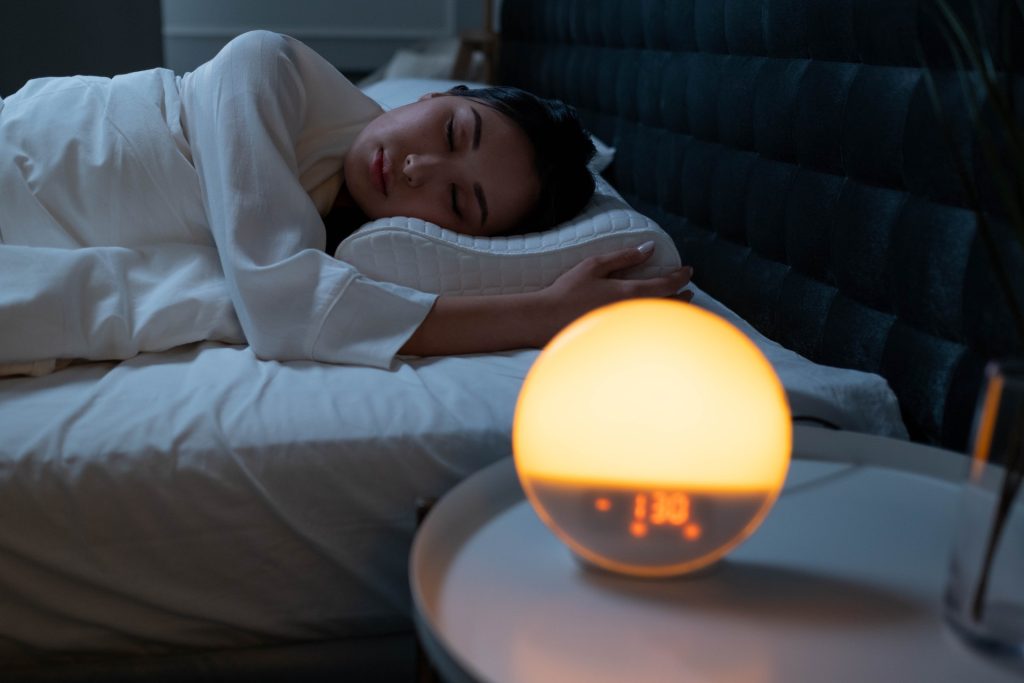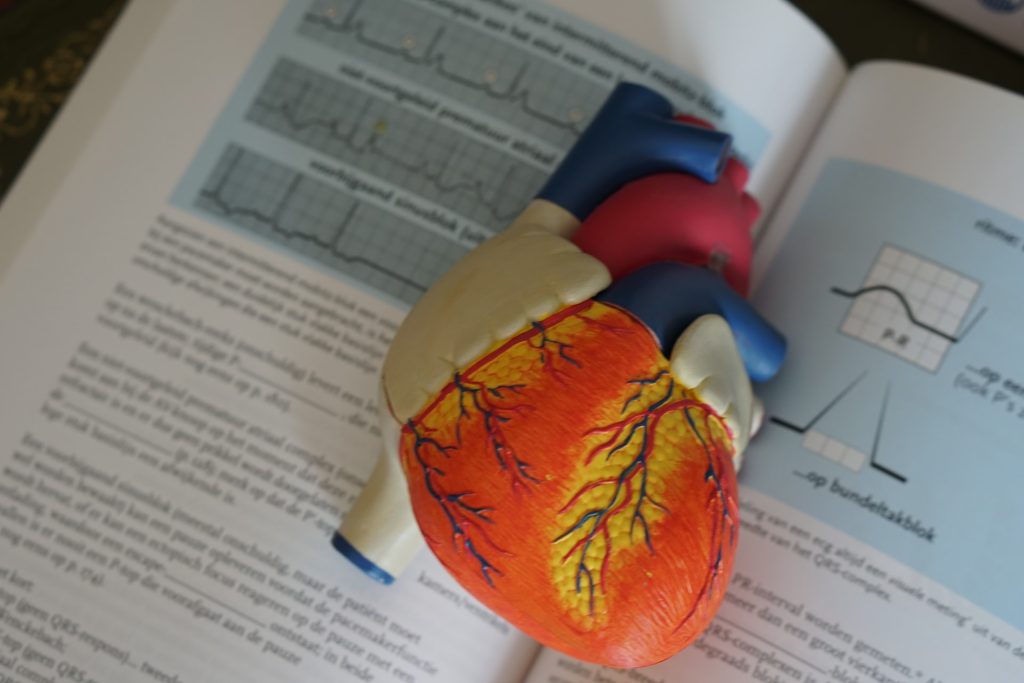Plant Virus-based Treatment Protects Against Lung Tumours

Using a virus that grows in black-eyed pea plants, nanoengineers developed a new treatment that could keep metastatic cancers at bay from the lungs.
Not only did the treatment slow tumour growth in the lungs of mice with either metastatic breast cancer or melanoma, it also prevented or drastically minimised the spread of these cancers to the lungs of healthy mice that were challenged with the disease. The research was published in Advanced Science.
Researchers developed an experimental treatment that combats metastatic spread. This involves a plant virus called the cowpea mosaic virus, harmless to animals and humans, but which the body still registers as a foreign invader, thus triggering an immune response that could also boost the body’s cancer-fighting ability.
The idea is to use the plant virus to help the body’s immune system recognise and destroy cancer cells in the lungs. The virus itself is not infectious in our bodies, but it has all these danger signals that alarm immune cells to go into attack mode and search for a pathogen, said Nicole Steinmetz, professor of nanoengineering at the University of California San Diego.
To draw this immune response to lung tumours, Prof Steinmetz’s lab engineered nanoparticles made from the cowpea mosaic virus to target a protein in the lungs. The protein, called S100A9, is expressed and secreted by immune cells that help fight infection in the lungs. Overexpression of S100A9 has been observed to play a role in tumour growth and spread.
“For our immunotherapy to work in the setting of lung metastasis, we need to target our nanoparticles to the lung,” said Prof Steinmetz. “Therefore, we created these plant virus nanoparticles to home in on the lungs by making use of S100A9 as the target protein. Within the lung, the nanoparticles recruit immune cells so that the tumors don’t take.”
“Because these nanoparticles tend to localise in the lungs, they can change the tumor microenvironment there to become more adept at fighting off cancer — not just established tumors, but future tumors as well,” said Eric Chung, a bioengineering PhD student in Steinmetz’s lab who is one of the co-first authors on the paper.
To make the nanoparticles, the researchers infected black-eyed pea plants with cowpea mosaic virus, and harvested the virus in the form of ball-shaped nanoparticles. They then fixed S100A9-targeting molecules to the particles’ surfaces.
The researchers performed both prevention and treatment studies. In the prevention studies, they first injected the plant virus nanoparticles into the bloodstreams of healthy mice, and then later injected either triple negative breast cancer or melanoma cells into these mice. Treated mice showed a dramatic reduction in the cancers spreading to their lungs compared to untreated mice.
In the treatment studies, the researchers administered the nanoparticles to mice with metastatic tumours in their lungs. The treated mice exhibited smaller lung tumours and survived longer than untreated mice.
Prof Steinmetz envisions that the treatment could be useful after tumourectomy. “It wouldn’t be meant as an injection that’s given to everyone to prevent lung tumours. Rather, it would be given to patients who are at high risk of their tumors growing back as a metastatic disease, which often manifests in the lung. This would offer their lungs protection against cancer metastasis,” she said.
More detailed immunotoxicity and pharmacology studies are needed before this can progress to a treatment. Future studies will also explore combining this with standard cancer therapies such as chemotherapy.






